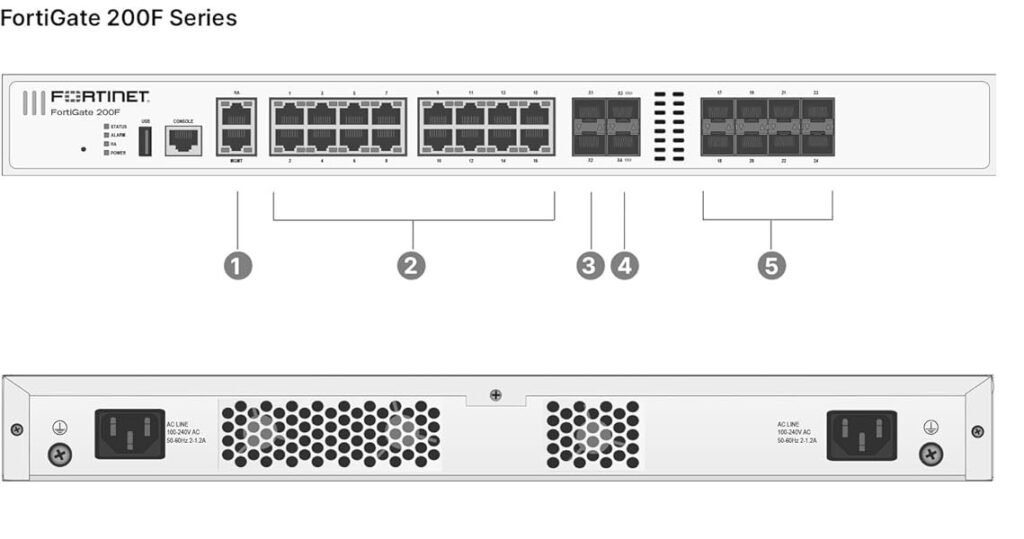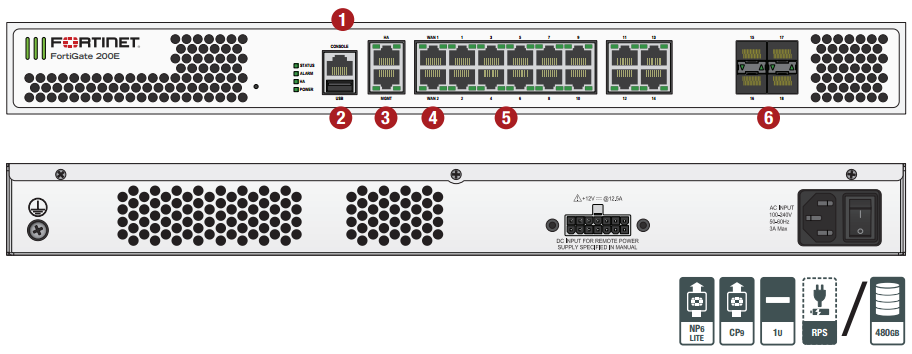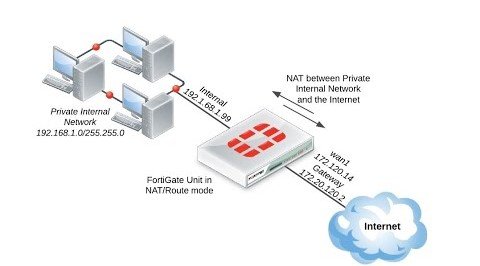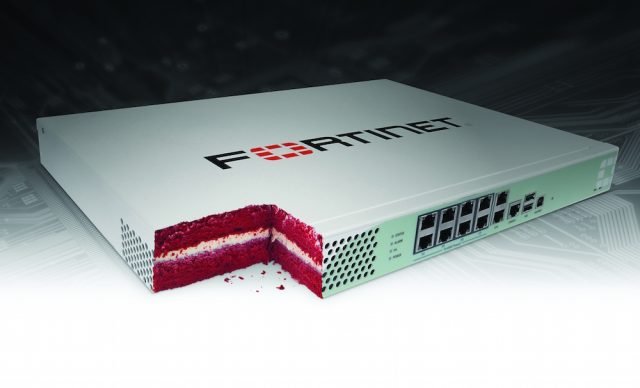With evolving cyber threats, getting the right Firewall has become crucial for securing any network while maintaining operational efficiency. The FortiGate 200F and FortiGate 200E are two formidable Fortinet options aimed at providing end-to-end security and efficiency. Let’s explore how they differ, their features, and why making the right choice is important.
FortiGate 200F and 200E Overview

The FortiGate 200F and 200E are next-generation firewalls that provide advanced security and are augmented with great performance along with versatile integration capabilities into multiple network environments. They are the best fit for medium-sized and large corporations willing to seek additional measures in stepping up their network protection against cyber threats.
Key Features of the FortiGate 200F:

• An excellent performance device powered by the Fortinet SPU NP7 processor.
• 10 Gbps Firewall throughput is sufficient for high-speed networks.
• Enhanced application control and IPS for 20 Gbps threat protection flux.
• With inbuilt SD-WAN support, optimize application performance and minimize operational costs.
• Enhanced SSL inspection capabilities give better visibility into the encrypted traffic.
Key Features of FortiGate 200E:

• Fortinet CP9 hardware acceleration integrated for high performance.
• Firewall throughput of 7 Gbps addressing the needs of a mid-sized network.
• Offers 10 Gbps of threat protection throughput meant for general enterprise applications.
• Enterprise-grade VPN services for remote secure access.
• Effective for networks with moderate traffic needs and limited resource constraints.
Compare FortiGate 200F and 200E

1. Performance:
The FortiGate 200F outperforms the 200E in both firewall and threat protection throughput, making it suitable for high-traffic environments. 200e provides reliable benefits to medium -sized networks and has appropriate standards for the flow of corporate needs.
2. Hardware and Processing:
The 200F uses the advanced NP7 processor to provide better scalability and performance optimization. The 200E has a CP9 processor, which works well, but lacks the most advanced features of the NP7.
3 The network can be scalable:
200F supports higher scalability, making it a better choice for companies or networks that develop a large amount of traffic. 200E is more suitable for companies with moderate scalability needs.
4. Cost-effectiveness:
Although the 200F is priced slightly higher, its superior features and performance justify the investment in high-demand environments. The 200E is more budget-friendly and ideal for networks with moderate requirements.
Why choose FortiGate Firewall?

Both models are exceptional in their own right, depending on the needs of your network. There are various reasons you should consider a FortiGate firewall:
1. Complete Security Protection.
FortiGate Firewalls provide industry-leading protection against malware, ransomware, and other cyber threats; thereby safeguarding your network.
2. Enhanced Performance.
With advanced hardware acceleration and high throughput, these firewalls upgrade network performance under heavy traffic.
3. Scalable Solutions.
From a small to a large business, Fortinet firewalls cater to your requirements with flexible configurations and seamless scalability.
4. Easy administration.
With the concept of Fortinet, an easy-to-use management interface assists even the least knowledgeable administrator to configure and monitor, thus reducing the complexities of network management.
Conclusion
You may be searching for an unequivocal recommendation, between the two, FortiGate 200F or FortiGate 200E. Whoever is not conversant with theory, performance aspects of the firewall given its requirements and intended causes should opt for a FortiGate 200F if u are looking for high-performance environments; FortiGate 200E is meant for networks with just average requirements.




I am using this firewall at home its ability to use multiple van connection while insuring a high throughput its pretty and amazing giving the device cost.
This blog was incredibly helpful in breaking down the differences between the FortiGate 200F and 200E. As a network security specialist managing several client networks, the comparison was exactly what I needed. The performance improvements with the 200F, especially regarding SSL inspection and high-speed VPN capabilities, make it a standout choice for high-traffic environments. I also appreciated the article’s clarity on how the two models stack up for different organizational needs. It’s a great read if you’re evaluating your next firewall investment!